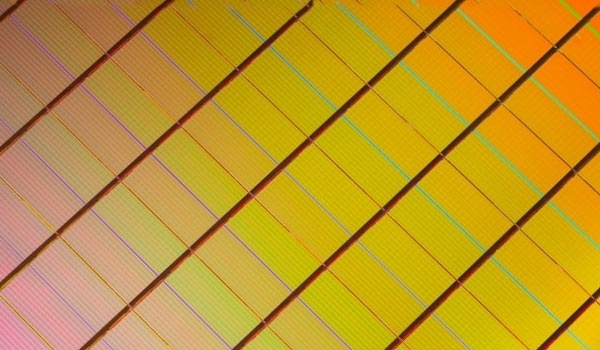
The new 3D Xpoint memory architecture is designed to address critical shortcomings of both NAND flash and DDR4. Let’s talk about how this new memory could address concerns in both markets, Extremetech reported.
The basics of Xpoint
3D Xpoint (pronounced “crosspoint”) is designed in a 3D structure, like some of the other cutting-edge 3D NAND. Unlike NAND, however, 3D Xpoint doesn’t use an electrical charge to store data in cells. According to Intel, the properties of a 3D Xpoint cell change when the cell is written and remain changed for long enough for the device to be classified as non-volatile memory. Unlike NAND, 3D Xpoint memory can also write data into much smaller areas. NAND flash must be written in relatively large blocks.
3D Xpoint’s structure and capabilities
This image covers the basic features of 3D Xpoint. The new memory is designed to be non-volatile, stackable (to improve density), and can perform read/write operations without requiring a transistor (DRAM requires one transistor per cell, which is one reason why it draws much more power per GB than a NAND flash drive). Each memory cell can hold one bit of data, which might seem to be a disadvantage given that NAND flash can hold 2-3 bits per cell — but Intel is claiming that it can hit densities 8-10x greater than DRAM. Samsung has produced 8Gb DDR4 DRAM (that’s 1GB per IC), while Micron claims it can provide NAND chips at up to 2Tb. That’s 125x more dense than DRAM, and it implies that 3D Xpoint may not be all that dense compared with NAND flash.
Still, that’s a relatively small shortcoming if the other aspects of the technology pan out and the Intel / Micron alliance can stack the dies higher. The image below shows a pair of 128Gb 3D Xpoint dies; Intel claims that they’re smaller than competing DRAM designs and that the technology can be scaled to match NAND’s density in a similar footprint.
3D Xpoint dies
The real killer feature of 3D Xpoint memory is that it claims to be 1000x more durable than NAND while simultaneously offering a 1000x performance increase. As radical as that sounds, however, it’s important to keep something in mind:
DRAM vs HDD vs NAND flash
Currently, fast PCIe-based SSDs have microsecond latency. One microsecond = 1000 nanoseconds, which means Intel is talking about a non-volatile memory solution that’s both more dense than traditional DRAM and yet has superficially similar characteristics. We say “superficially” because a generic “1000x faster than NAND” isn’t much to go on. Intel could be referring to something standard, like seek times, or they could be cherry picking some areas where NAND performs poorly. Right now, we don’t know.
The companies have jointly stated that they’ll begin sampling select customers later this year, but have declined to give any information on product timelines. Intel is positioning the new technology as a solution for big data companies and for crunching vast data sets. If the technology offers DRAM-equivalent performance, it could find a home in exascale computing, where the need for huge amounts of power-efficient memory is particularly acute.
It’s also promising that we could see consumer systems utilize 3D Xpoint — we’d expect the technology to either deploy as an additional cache level between main memory and primary storage, or possibly as a RAM replacement in ultra-portable systems in order to improve battery life. Since the new memory is non-volatile, it means the system doesn’t have to spend power constantly refreshing it.
Is this the Holy Grail?
The Holy Grail of memory technology is memory that is non-volatile, has excellent endurance, high density, and top-notch performance, all while remaining affordable. We’ve seen technologies like phase-change memory (PCM) and magnetic memory (MRAM) make a play in the future memory technology space before, but nothing quite as concrete as this. Intel and Micron aren’t revealing much about the underlying architecture, save to say that it doesn’t use transistors and isn’t phase-change memory.
If this memory tech does everything Intel and Micron claim, it could revolutionize computing just as much as the introduction of SSDs. No, devices might not feel much quicker — the gap between SSDs and 3D Xpoint is microseconds vs. nanoseconds, whereas the gap between HDDs and SSDs was microseconds vs. milliseconds — but power consumption and performance in some tasks could be significantly improved while RAM density shot up.
We’ll see what happens once hardware ships.

Add new comment